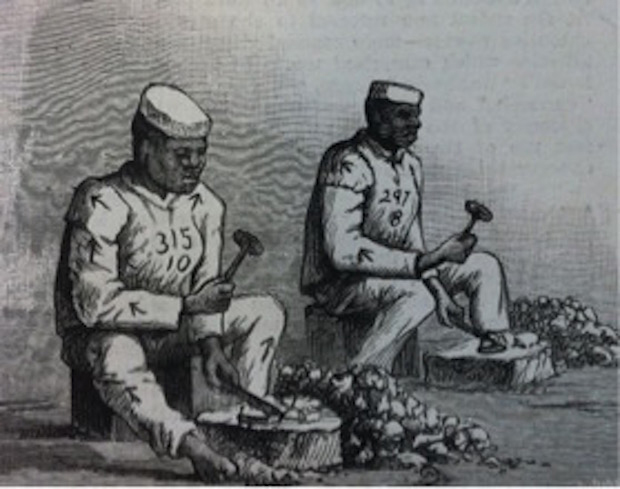By Estherine Adams, Clare Anderson, and Kristy Warren
In August 1956, the Director of the Prison Administration of England and Wales, R.D. Fairn, arrived in Guyana. The British secretary of state had directed him to report on the state of the jails, to review conditions, and to recommend action. At the time, Guyana was a British colony (British Guiana), though following the establishment of an interim government in 1953, it was firmly on the path to independence.
Fairn gave a damning critique of the state of affairs in the colony’s jails. He noted that the prison regime as a whole was based on a system dating from 1892, and its rules from those devised in 1913. More than that, the rules originated in England, in which conditions were quite irrelevant to those of Guiana. What is worst of all, he wrote, is that the rules are so archaic and there are so many of them, that neither staff nor prisoners know what they are or indeed where they are!
Fairn called for revised and simplified rules, the abolition of penal servitude (work) and hard labour, and the end of the ‘mark system’, a kind of points-based system through which prisoners were not given sentences in time (e.g. of 12 months, or 20 years), but could earn release for good work and behaviour. Rather, he proposed, prisoners should receive remission of sentence in days forfeited by misdemeanour. Fairn noted the limited work opportunities open to inmates, the near non-existence of training, and the mixing of prisoners of all classes (youths, and first and hardened offenders).

